 Huckabee Election Material
Huckabee Election Material
Entry Type: Thing
 Huckabee Election Material
Huckabee Election Material
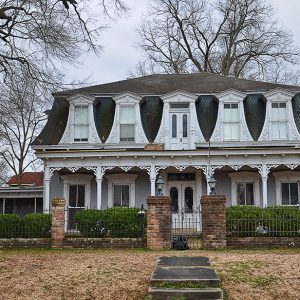 Hudson-Grace-Borreson House
Hudson-Grace-Borreson House
 Hudson-Grace-Borreson House Detail
Hudson-Grace-Borreson House Detail
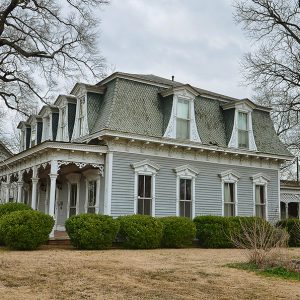 Hudson-Grace-Borreson House Side
Hudson-Grace-Borreson House Side
Hudson-Grace-Borreson House
aka: Hudson-Grace-Pearson House
Hudson-Jones House
Hughes Cemetery
aka: Potter's Field
aka: County Cemetery
Hughes Hall (Arkansas Tech University)
aka: Rock Armory
Hughes Water Tower
 Hughes Water Tower
Hughes Water Tower
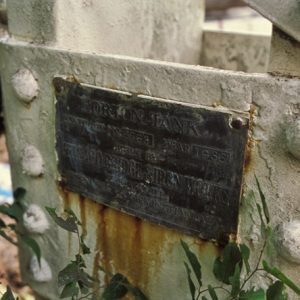 Hughes Water Tower Plaque
Hughes Water Tower Plaque
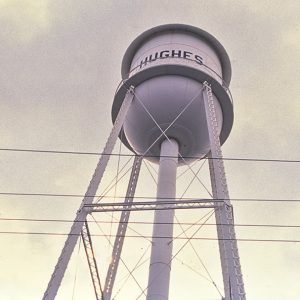 Hughes Water Tower
Hughes Water Tower
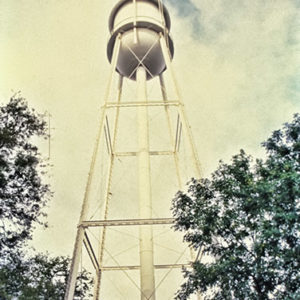 Hughes Water Tower
Hughes Water Tower
Human Development Centers
Human Dissection Monument
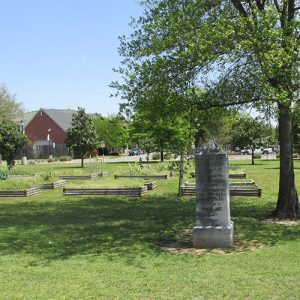 Human Dissection Monument
Human Dissection Monument
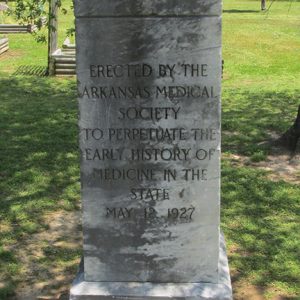 Human Dissection Monument Inscription
Human Dissection Monument Inscription
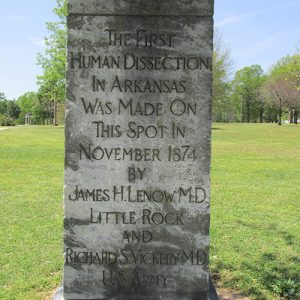 Human Dissection Monument Inscription
Human Dissection Monument Inscription
 Hummingbirds
Hummingbirds
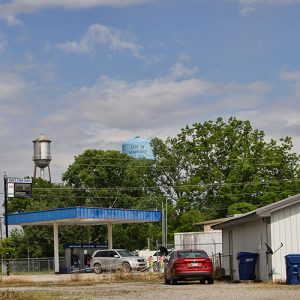 Humphrey Water Towers
Humphrey Water Towers
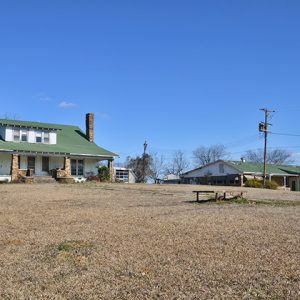 Humphreys' Dairy Farm
Humphreys' Dairy Farm
Humphreys’ Dairy Farm
Hunting of the President, The
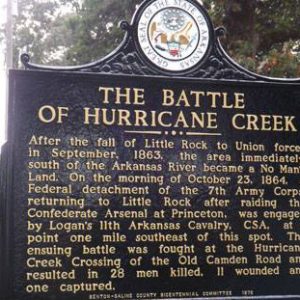 Hurricane Creek Marker
Hurricane Creek Marker
Hurricane Lake
 Hutchinson Inauguration Program
Hutchinson Inauguration Program
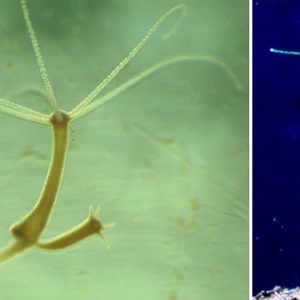 Hydra
Hydra
Hydroelectricity
 Hydrography Map
Hydrography Map
Hymenoptera
aka: Ants
aka: Bees
aka: Wasps
 Hymenoptera
Hymenoptera
 Hypothetical Destination by Robyn Horn
Hypothetical Destination by Robyn Horn
 Charles "Bullet" Dean Hyten House
Charles "Bullet" Dean Hyten House
 Charles "Bullet" Dean Hyten House
Charles "Bullet" Dean Hyten House
 "I Believe in You (You Believe in Me)," Performed by Johnnie Taylor
"I Believe in You (You Believe in Me)," Performed by Johnnie Taylor
I Go [Steamboat]
aka: Igo
aka: New Igo
aka: New Iago
I Know Why the Caged Bird Sings
 "I Want to Be a Cowboy's Sweetheart," Performed by Patsy Montana
"I Want to Be a Cowboy's Sweetheart," Performed by Patsy Montana
 "I Want to Be a Cowboy's Sweetheart"
"I Want to Be a Cowboy's Sweetheart"
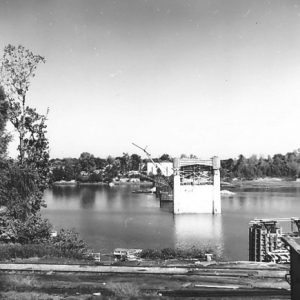 I-30 Bridge Construction
I-30 Bridge Construction
 I-30 Construction
I-30 Construction
 I-30 Elevated Portion
I-30 Elevated Portion
I-30 Speedway
 I-40 Dedication
I-40 Dedication
I. F. Anderson Farms
aka: I. F. Anderson Minnow Farms
aka: Anderson Minnow Farm
aka: Anderson’s Minnow Farm
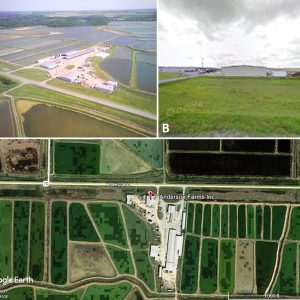 I. F. Anderson Farms
I. F. Anderson Farms
 I. F. Anderson Farms Bait
I. F. Anderson Farms Bait
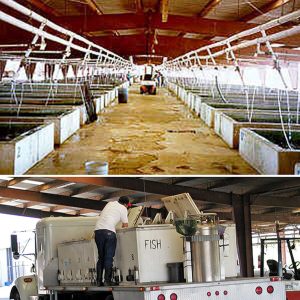 I. F. Anderson Farms
I. F. Anderson Farms
 IQ Zoo Handbill
IQ Zoo Handbill




